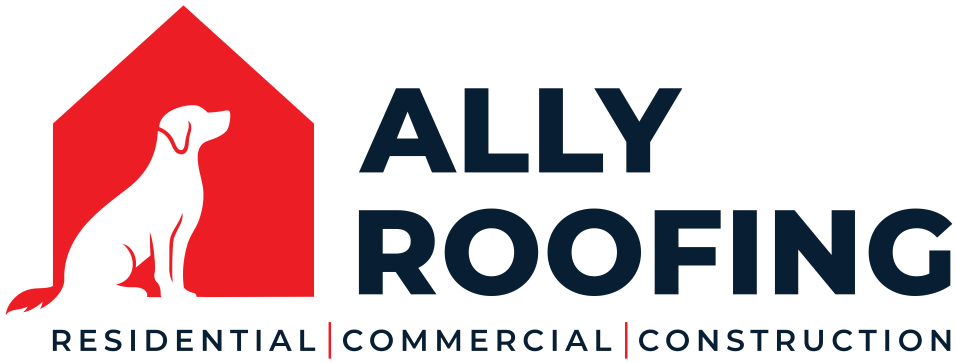Following a devastating fire, the priority to salvage one’s personal property comes naturally. Following a devastating fire, the priority to salvage one’s personal property comes naturally. There are many full-service restoration companies that offer personal property restoration. However, sometimes this is a task you want to complete on your own. This is the article for you. Below are tips on how best to perform your own personal property restoration.
Things to Consider Before You Begin
Board-Up & Securing the Property
Homes that have recently experienced a fire are generally exposed to looting, theft, and the outside elements. If you plan to take matters into your own hands then ensure that all exposed areas are secured to protect your belongings. Additionally, if the roof has suffered fire damage then securing the exposed perforations will prevent additional damage from nature’s wrath.
Personal Protective Equipment
The dangers of soot are very real and very dangerous. The acid it becomes can irritate lungs, hands, and anything it comes into contact with. Protective equipment is essential if you plan to do clean up on your own. A filtered face mask with a respirator, latex gloves, eye protection and Tyvek coveralls are recommended.
Helpful Supplies
The items listed below will be helpful as you move and categorize both salvageable and unsalvageable items.
- Boxes
- Markers
- Packing paper, bubble wrap
- Furniture blankets and shrink wrap
Find an off-site location to clean and restore your items.
Determining What Can Be Saved
Cost of Items
Many lower cost items can be replaced at a cost far less than restoring them. So take into consideration that if an item costs less than 75% of the replacement cost to restore, then it’s considered “salvageable”. This is something to keep in mind as you’re sorting through your things.
Items with High Heat Contact
Regardless of material, these items are usually unsalvageable.
Automatically Disposable Items
- Food Items which includes canned food.
- Mattresses and Pillows.
- Plastics that aren’t large or expensive.
- Heavily stained or soot contaminated items.
Performing Personal Property Restoration
Metal, Glass, Ceramic, Stone or other durable goods that can be cleaned using water
- Remove loose soot with a HEPA filtered vacuum with a bristle brush attachment.
- Wet wipe using a combination of Unsmoked Degrease-All and 9D9, mix as labeled.
- If the material is sensitive, then test in an inconspicuous area.
- Dry thoroughly before packing.
- Some finer finishes may require specialty cleaning products, i.e. Silver, gold, etc.
Sealed Woods
- Remove loose soot with a HEPA filtered vacuum with a bristle brush attachment.
- Wet wipe using a combination of Unsmoked Degrease-All and 9D9 (see above for links ), mix as labeled.
- If the material is sensitive, then test in an inconspicuous area.
- Dry thoroughly.
- If the cleaning process sets the soot in further, then consider refinishing the item if economical.
- Depending on the wood, consider using a Wood Restoration Creme, Oil or Polish to bring back the luster and detail of the wood.
Unsealed Woods
- Remove loose soot with a HEPA filtered vacuum with a bristle brush attachment.
- If soot remains, test clean in a concealed area with a dry sponge. This can either set the soot into the wood or remove it.
- If cleaning sets the soot, then consider refinishing the item if economical.
- Depending on the wood, consider using a Wood Restoration Creme, Oil or Polish to bring back the luster and detail of the wood.
Soft Goods
- Remove loose soot with a HEPA filtered vacuum.
- For bulk laundry, simply wash as you normally would in conjunction with UnSmoke wash as a laundry booster.
- For dry clean only items, take to your local dry cleaner. In the case of high end, sentimental items, then you’ll need a textile restoration specialist.
Removing the Odors
Lingering odors will no doubt remain once the items have been cleaned. Restoration companies offer several different technologies to assist with odor removal. Ask a local restoration contractor if you’d be able to rent the equipment you’ll need for the next step.
Ozone
Load all of your items into an airtight storage space or room. Separate stacks of books, space out clothes on hangers, etc. This is to get the maximum use out of the ozone. Ozone is chemically unstable and replicates the natural aging process at an accelerated rate. Ozone will damage natural rubber, live plants, and a host of other items so it’s application is limited. Once an ozone generator is turned on, you must vacate the space and seal it off. Humans cannot breathe ozone so allow the generator to run its full duration.
Hydroxols
Similar to ozone, but takes longer. Unlike ozone, hydroxols are safe for humans.
Pairing / Masking Agents
These are used only to mask the odors. It does not remove them. Should only be used if ozone and hydroxols are unavailable.
Encapsulates
These are specifically designed to seal odors in. This is really effective for wood and other semi-porous materials.
It always pays to be well prepared for whatever the future brings. This is also why you should have a restoration company you know and trust. Mission Restorations has experts in fire, water, and mold restoration. If ever in need of services, don’t hesitate to call the best damage restoration team in Charlotte and its surrounding areas at 704-727-2000.



